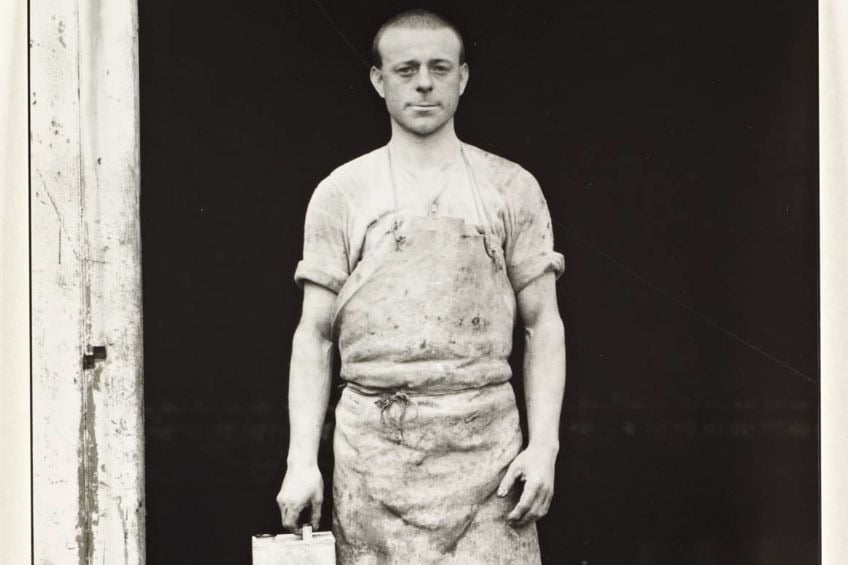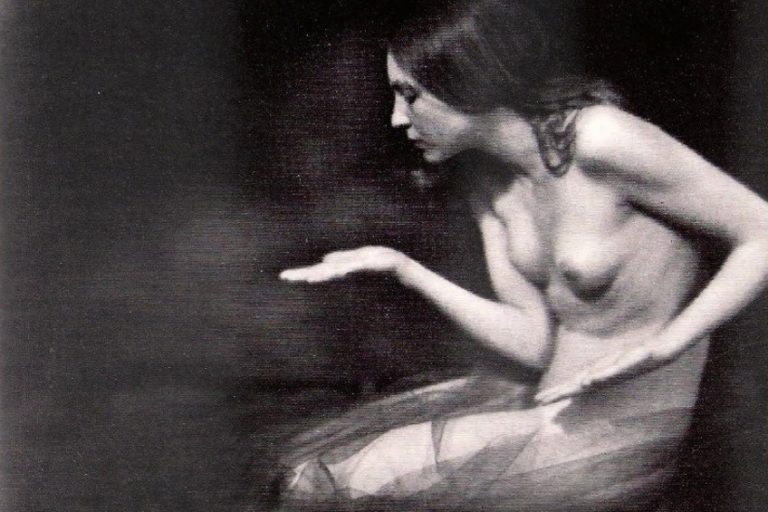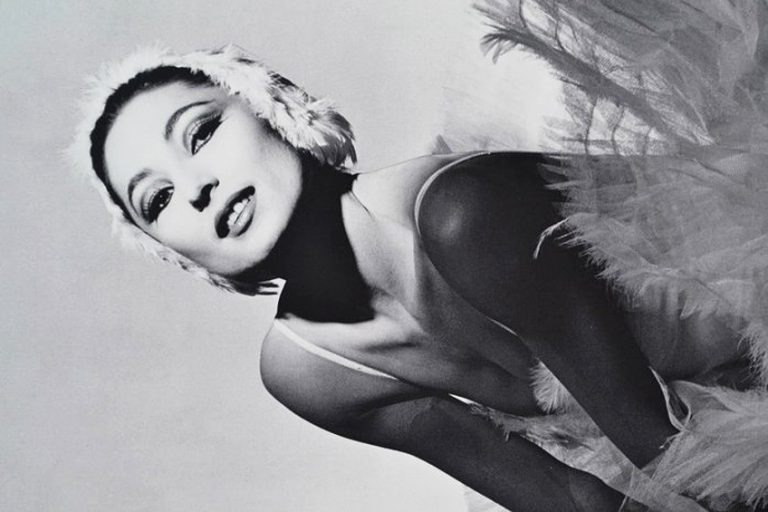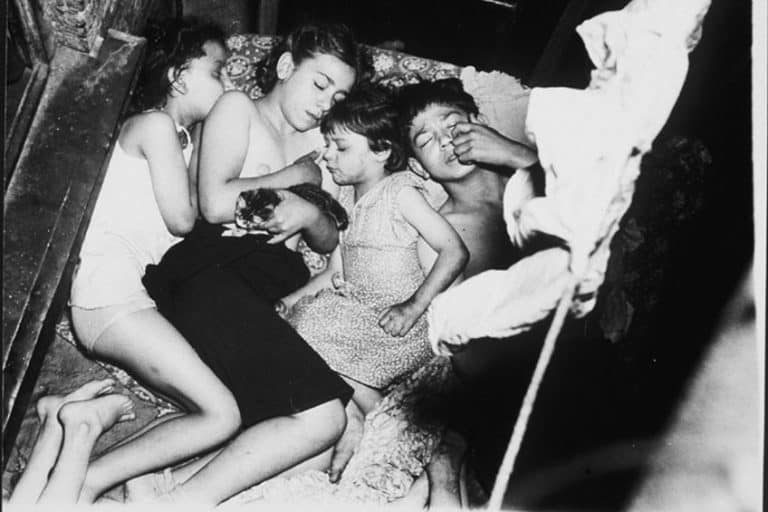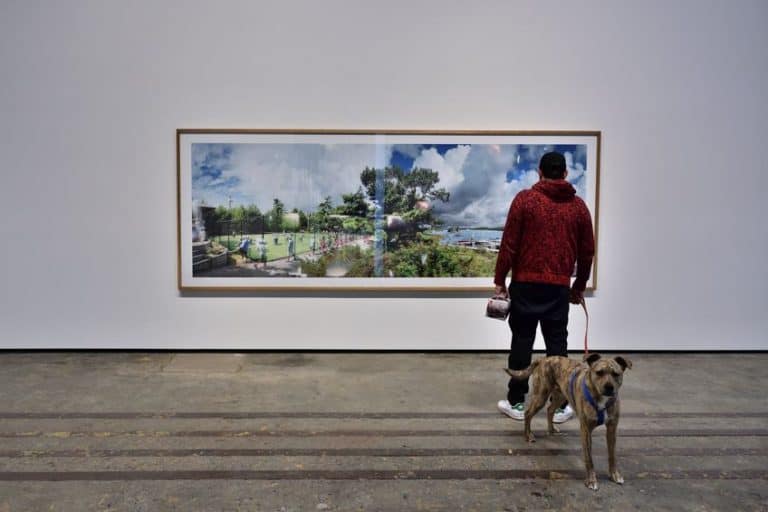August Sander – A Key Figure in Early Documentary Photography
August Sander was a pioneering German photographer known for his profound influence on documentary and portrait photography. Born in 1876, Sander’s work captures the essence of German society during the early 20th century, particularly through his monumental project, People of the 20th Century. This ambitious series sought to categorize and portray individuals from all walks of life, spanning farmers and artisans to intellectuals and politicians, providing a unique and comprehensive visual record of the era’s social diversity. Sander’s meticulous attention to detail and his ability to convey the essence of his subjects’ identities make him a significant figure in the history of photography, bridging the gap between artistry and social commentary.
Key Takeaways
- August Sander was a pivotal figure in portrait and documentary photography of the 20th century.
- He captured the German populace in his series, People of the Twentieth Century.
- Sander’s influence extends into social realism and the broader art community.
Life and Work of August Sander
| Birth | November 17, 1876 |
| Death | April 20, 1964 |
| Place of Birth | Herdorf, Germany |
| Genre of Work | Photography, documentary photography, and portraiture |
August Sander was renowned for his work during the early twentieth century, and endeavored to document society and the various personas within it through his incisive photographic eye. His well-known project, People of the Twentieth Century, was an ambitious attempt to create a typological study of the German populace, capturing individuals from all walks of life with remarkable detail and humanity.
His photographic journey commenced with his first publication, Face of our Time (Antlitz der Zeit), released in 1929, which featured a striking portfolio of portraits from his larger body of work. Sander’s photography is characterized by its straightforward approach, devoid of artifice, which allows the subjects’ personalities and social standings to be reflected purely in the images. He utilized photography as a universal language to communicate the essence of his era.

The breadth of his work covers not only portraits but also includes landscapes, nature, architecture, and street scenes. Whilst Sander faced challenges during his lifetime, with some of his work being confiscated during the Nazi regime for not aligning with their ideology, his influence on the realms of social realism and conceptual art remains indelible. Sander’s legacy is seen in the way contemporary photographers approach portraiture and document the human condition.
Early Years and Weimar Republic
Born on November 17, 1876, in Herdorf, Germany, August Sander discovered photography during his early years when he began to assist a local photographer in Trier. His experiences during the Weimar Republic significantly influenced his photographic projects, as he captured individuals from various walks of life against the backdrop of the era’s societal shifts.
Education and Training
Initially apprenticed in Trier, Sander’s foundational skills in photography were honed under the tutelage of a local photographer. His dedication and burgeoning talent led to further professional development in areas such as portrait and landscape photography.
These were skills that would become the cornerstone of his extensive photographic endeavors.
Photographic Style and the Neue Sachlichkeit
Sander’s photographic approach aligned closely with the New Objectivity movement (Neue Sachlichkeit), emphasizing straightforward, lucid depiction of his subjects. His technique focused on unembellished clarity and was exemplified in seminal works like Young Farmers (1914). His portraits collectively offer a precise, typological perspective of the German populace.
Mature Period
During the pinnacle of his career, Sander embarked on his magnum opus, People of the Twentieth Century, a comprehensive photographic study that aimed to categorize social strata through portrayals of the everyday person. This period exemplified his ambition to create a photo-sociological document of unprecedented scope and detail.
Nazis and World War II Impact
With the rise of the Nazi regime, Sander’s work faced censure due to its objective depiction of German society which contradicted the propagandist aesthetics favored by the Nazis. His eldest son, Erich Sander, was arrested for anti-Nazi activities in 1934 and devastatingly perished in prison in 1944. Further, his younger son, Gunther, was conscripted into the Wehrmacht, reflecting the direct impact of World War II on Sander’s familial life.
Late Period
August Sander continued to photograph after World War II, albeit his late period was marred by the previous decade’s traumatic events. Despite this, his commitment to capturing the portraits of his contemporaries persisted until his death on April 20, 1964, in Cologne.
He left behind a legacy that deeply influenced the realm of documentary photography.
Sander’s Major Contributions
August Sander’s pioneering work in photography captured the essence of German society through detailed portraiture. He is recognized for his significant contributions to the understanding of the 20th-century human condition through his photographic documents.

People of the 20th Century
Sander embarked on a monumental project titled People of the 20th Century, a series categorized into seven groups reflecting various societal roles in Germany. The collection aimed to offer an exhaustive sociological portrait encompassing over 600 photographs. It presented the public a mirror to the diverse strata of society, from the working class to the bourgeoisie.
The ambition was to build an archive, grouping individuals into portfolios such as The Skilled Tradesman or The Woman, thereby documenting the german people through authentic, unembellished portraits.
Face of Our Time
His 1929 book, Face of Our Time, represents a subset of the larger People of the 20th Century project. The publication featured a collection of 60 portraits that reflect the faces of Germany during that era, offering a snapshot of individuals from across the social spectrum. Face of Our Time stood as a pivotal photographic document of its period, though it suffered censorship by the Nazi regime for depicting individuals they deemed undesirable.

Later Years and Legacy
The legacy of Sander extends beyond his death, with exhibitions such as Portraying a Nation: Germany 1919–1933 at Tate Liverpool demonstrating his lasting impact. After his passing, the Die Photographische Sammlung/SK Stiftung Kultur in Cologne became a primary archive for his work. Sander was posthumously awarded the Order of Merit by the Federal Republic of Germany. His studies on sociological norms and class distinctions through portraiture remain vital in understanding the fabric of society. A homage to his influence is the inclusion of his art in modern dialogues about identity and culture, with his works often serving as the photographic document of a nation in transition.
Through his photographic journey, Sander created what could be considered a visual death mask of the Weimar Republic, capturing the faces and fates of a society on the brink of dramatic changes. His commitment to the true representation of human diversity paved the way for future generations of portrait photographers.
Influence and Recognition
August Sander’s body of work has left an indelible mark on the field of photography. His pioneering efforts paved the way for documentary and portrait photography.
Effects on Photography
Sander’s meticulous cataloging of early 20th-century German society influenced a generation of photographers. His work inspired the likes of Dorothea Lange and Walker Evans, who similarly sought to capture the essence of an era through carefully composed portraits.
The narrative strength of his images also resonated with Rineke Dijkstra, whose portraiture echoes Sander’s approach in its directness and depth.
Accolades and Exhibitions
Sander has been recognized posthumously with numerous exhibitions and accolades. His work featured prominently at the Cologne Art Society Exhibition, further cementing his legacy within the art community. He has also been celebrated through exhibitions at prestigious institutions like The Museum of Modern Art (MoMA). His seminal work was a profound influence on Edward Steichen, the curator of one of the most famous exhibitions in photographic history, Family of Man, which was presented by MoMA.
Accomplishments
August Sander, a celebrated German photographer, is best known for his extensive work documenting the people of Germany. His key achievement was the project, People of the Twentieth Century, a series which aimed to offer a sociological glimpse into the lives of his contemporaries across various professions and classes.
- Photographic collection: Sander amassed what is widely regarded as one of the greatest portrait collections of the 20th century.
- Documentation depth: Through his meticulous and comprehensive approach, he catalogued individuals and groups, capturing the essence of the Weimar Republic’s society.

In terms of publications, Sander’s influence is encapsulated by his book, Face of our Time (Antlitz der Zeit), published in 1929, which has since become a seminal piece in portrait photography.
- Face of our Time: The book brings together a selection of Sander’s portraits, showcasing his skill in revealing the character and condition of his subjects through the lens.
Although the breadth of Sander’s work spans various genres, including landscape, nature, and architecture, his legacy remains most firmly anchored in his powerful portraiture and documentary photography.
- Diverse subjects: His subjects ranged from farmers, workers, and artisans to women, celebrities, and artists, embodying a cross-section of German life.
- Influence: Sander’s work remains a touchstone for photographers and historians alike, noteworthy for its candid portrayal and methodical classification of the early 20th-century people.
Despite his passing in 1964, August Sander left behind a body of work that continues to influence the fields of photography, art, and sociology.
His accomplishments not only charted the lives of his subjects but also sealed his status as a pivotal figure in the history of photography.
The Legacy of August Sander
August Sander left an indelible mark as a German portrait and documentary photographer. His work is characterized by a rigorous approach to capturing the essence of societal roles and classes through photography. Sanders is highly regarded for his objective depiction of his subjects, which profoundly influenced subsequent social-documentary photographers.
Known for his monumental project, People of the 20th Century, Sander aimed to catalogue the German social structure by photographing individuals from all walks of life. His objective style attempted to classify people based on occupation and social class, rather than trying to expose their inner souls.

The breadth of Sander’s subjects spanned landscapes, nature, architecture, and street scenes, though he is best known for his striking portraits. The legacy of Sander’s work was perpetuated by his son, Gunther Sander, who continued his photographic endeavors following his father’s death on April 20, 1964. Gunther carried on with the projects August began, thus preserving and advancing the Sander lineage in the realm of photography.
August Sander’s legacy in the world of photography is enduring and multifaceted. Through his lens, he not only captured the faces of his time but also revealed the complexities and nuances of society, offering a poignant reflection on humanity’s diverse tapestry. His dedication to documenting the ordinary and extraordinary lives of people has left a lasting impact, shaping the way we perceive and understand portraiture and social commentary in photography. Sander’s work continues to inspire photographers and artists alike, reminding us of the power of images to tell stories and provoke thought about the world we inhabit.
Frequently Asked Questions
What Was August Sander Known for in the Field of Photography?
August Sander is best known for his extensive portrait series, People of the Twentieth Century, which sought to methodically catalog the German society of his time through photographic typology.
How Did August Sander Contribute to Photographic Typology?
He contributed to photographic typology by classifying his subjects into groups and archetypes, aiming to create a sociological portrait of his society. His systematic approach to photography served as a precursor to later sociological and conceptual art practices.
What Type of Camera Equipment Did August Sander Favor for His Work?
August Sander favored large-format cameras, which allowed him to capture precise details and achieve a high level of clarity in his portraits, contributing significantly to the compelling realism that characterizes his work.
What Is the Significance of the August Sander Prize in Photography?
The August Sander Prize is significant in photography as it honors his legacy by awarding contemporary photographers who exhibit a similar dedication to the detailed and insightful depiction of people and their circumstances. It carries forward Sander’s vision and influence in the modern era.
Isabella studied at the University of Cape Town in South Africa and graduated with a Bachelor of Arts majoring in English Literature & Language and Psychology. Throughout her undergraduate years, she took Art History as an additional subject and absolutely loved it. Building on from her art history knowledge that began in high school, art has always been a particular area of fascination for her. From learning about artworks previously unknown to her, or sharpening her existing understanding of specific works, the ability to continue learning within this interesting sphere excites her greatly.
Her focal points of interest in art history encompass profiling specific artists and art movements, as it is these areas where she is able to really dig deep into the rich narrative of the art world. Additionally, she particularly enjoys exploring the different artistic styles of the 20th century, as well as the important impact that female artists have had on the development of art history.
Learn more about Isabella Meyer and the Art in Context Team.
Cite this Article
Isabella, Meyer, “August Sander – A Key Figure in Early Documentary Photography.” Art in Context. April 29, 2024. URL: https://artincontext.org/august-sander/
Meyer, I. (2024, 29 April). August Sander – A Key Figure in Early Documentary Photography. Art in Context. https://artincontext.org/august-sander/
Meyer, Isabella. “August Sander – A Key Figure in Early Documentary Photography.” Art in Context, April 29, 2024. https://artincontext.org/august-sander/.


